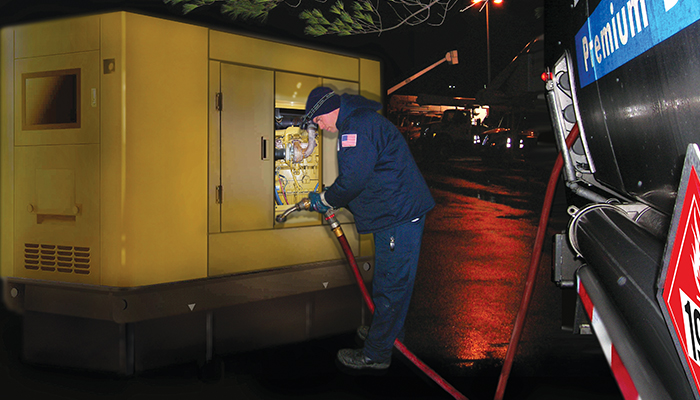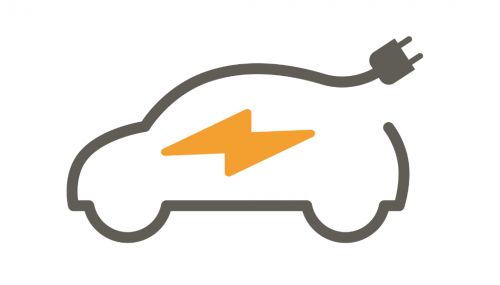Prepare for the Worst and Hope for the Best
It’s been a long, busy winter season. Artic air blasts, a few Nor’easters, and lots of snow kept fuel dealers in the Northeast working flat out to keep up with demand. And of course, along with the storms, we had our share of power outages to deal with too.
Over the years, we’ve really become a storm-oriented company. Not to say it gets old hat, but it’s not exactly our first rodeo either. Burke has decades of experience working with utility companies in rough weather. During bad storms, our company often sends trucks to fuel utility vehicles and tree-cutters’ trucks while they’re parked and out of service.
And then there are emergency generators that need fueling. From regional blackouts, to hurricanes, tornadoes, and blizzards, there are numerous examples of how both man-made and natural disasters test the mettle of standby power systems.
More and more businesses rely on a generator to ensure staff safety, protect crucial computer files, and maintain a growing list of equipment that counts on the power to “kick-in” when needed. Standby generators have become the cornerstone to many facilities’ Emergency Response Plans.
Generator Fueling Programs
Generator customers will tell you that they’re looking for fast response when there’s a power outage, and they don’t want to have to worry about running out of fuel.
In short, when the power is out, we focus on keeping the customer’s generator operating until the power outage is resolved, regardless of how long the outage lasts.
Most of the generators we fuel are fitted with a remote tank monitor. Tank level data from the customer’s generator is sent remotely and monitored by our staff to ensure the generator has ample fuel to operate throughout the outage.
Tank monitoring eliminates a lot of the guesswork about how much fuel is in the generator’s tank. Tank monitor data is a great tool to have when you’re scheduling and prioritizing deliveries.
Preparing for the Storm
To keep our customers’ generators ready to go, every three months, we top-off the fuel tank and change the tank monitoring battery if necessary.
To ensure reliable fuel supply, we maintain considerable fuel storage throughout the Northeast, and hold several fuel terminal positions along the East Coast.
Operating from several states in the Northeast, we have fuel storage, trucks and manpower across the region that we can bring in to help in the hard-hit areas after the storm.
Days before the storm, we start moving up our schedule so that we’re not sending drivers out to make deliveries during the storm. Before the bad weather hits, we get the trucks loaded up and ready to go once the roads are clear.
Hours-of-Service Exemptions
We work a lot of hours during the winter months. With all of the rough weather, the Declaration of Emergency Notices were a welcomed relief to fuel dealers this season.
State and federal authorities issue Hours-of-Service exemptions during times of emergencies to ease regulations governing transportation. The exemptions allow marketers to deliver critical heating supplies to their customers during times of severe weather or other circumstances causing delays in travel time to a customer’s tank location.
Without the emergency declarations, we wouldn’t have been able to handle the workload. So, as the winter winds down, we can put another season in the rearview. Enjoy your spring!





